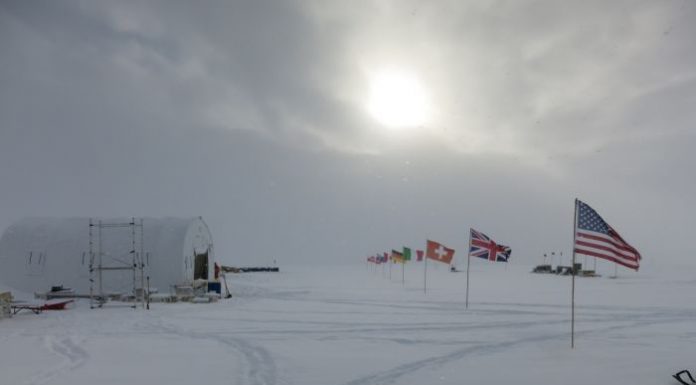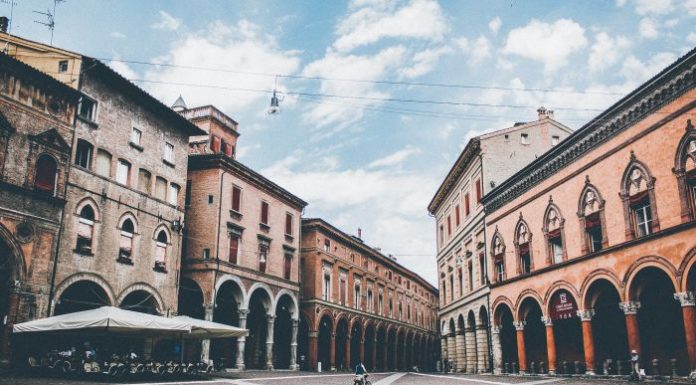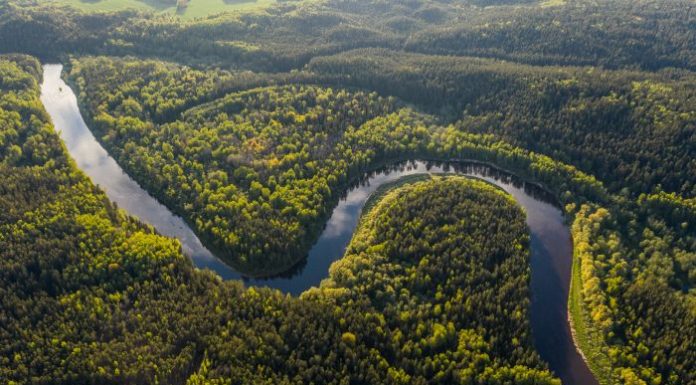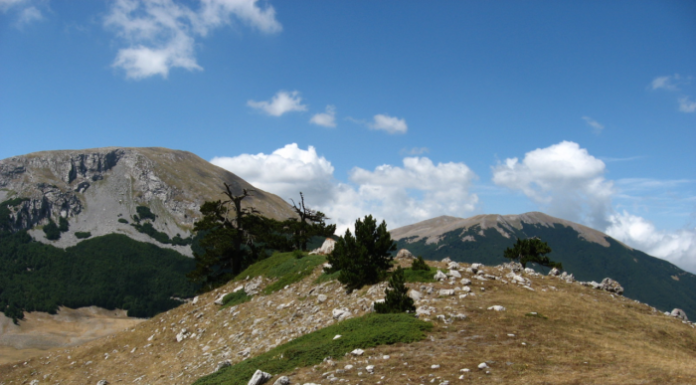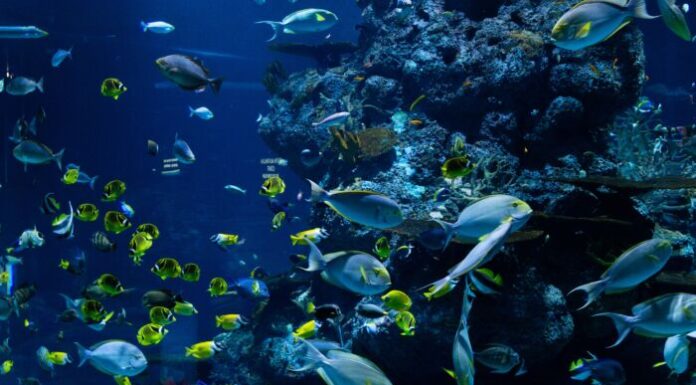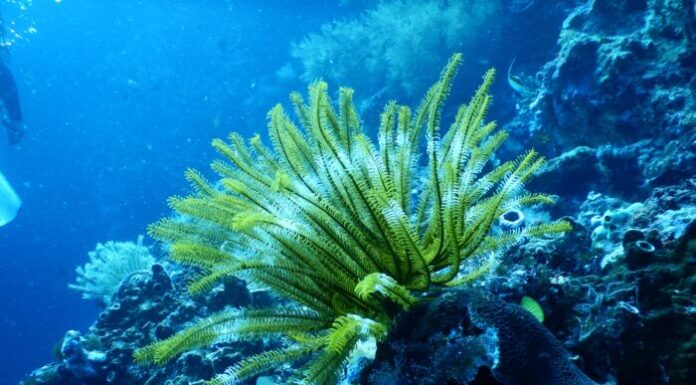The health of forests is becoming increasingly vulnerable. The causes of this phenomenon are different: from the increasingly frequent and intense extreme climatic events...
For the first time, thanks to the analysis of an ice core taken from the east coast of Greenland, in Renland, the history of...
Floods, heavy rainfall and inundation are increasingly threatening the integrity and survival of Europe's cultural heritage. Thanks to the collaboration between the Institute of...
Several studies in 2020 analysed the variation of tropospheric ozone (O3) as a function of the restriction measures put in place to contain the...
The Amazon rainforest generates some of the rain that falls in its own area, as it takes water from the soil and transpires it...
The calabro-lucanian boundary area geologically represents a key zone for understanding the orogenetic processes in this Apenninic sector and, at a bigger scale, the...
Quantum mechanics has remained an enigma for physicists and philosophers worldwide for more than a century. Quantum teleportation or the famous entanglement, described by...
It is called ENEA-RegESM (Regional Earth System Model) and is able to simulate the atmosphere-ocean dynamics in relation to the physical and biological processes...
A high-tech laboratory for the study of algae, bryozoans, molluscs and corals, organisms that are still 'little considered' but are extremely important for climate...
A study, published in the international journal Nature Plants, by young researchers from the Water Research Institute of the National Research Council in Verbania...































